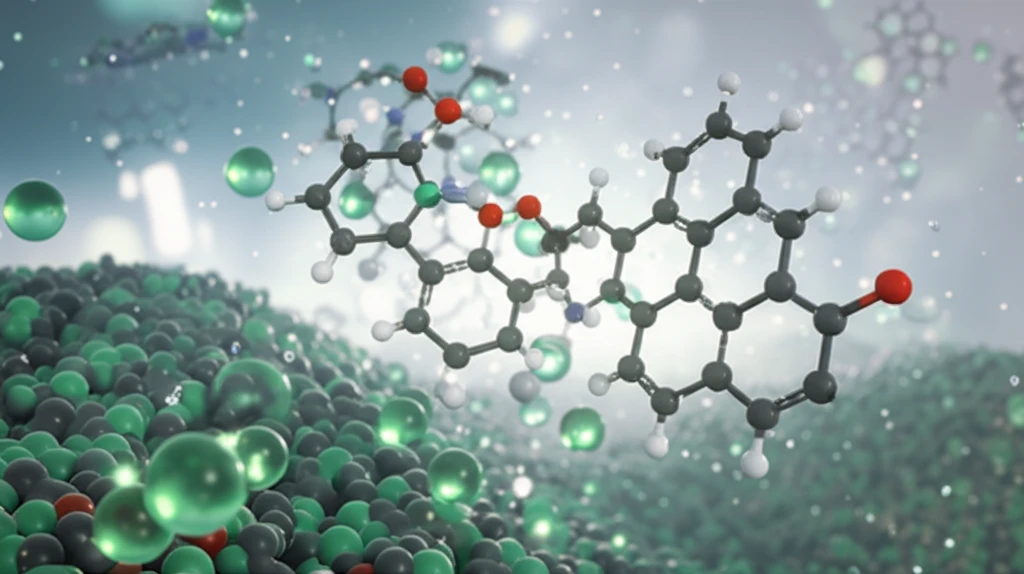
Unlocking Green Chemistry: How Metalloporphyrins on Silica are Revolutionizing Catalysis
"Discover how immobilizing metalloporphyrins on silica supports is forging a path to greener, more efficient catalytic processes."
In the ever-evolving world of green chemistry, the quest for catalysts that are not only active and selective but also recyclable is paramount. Imagine compounds designed to mimic the prosthetic groups of natural enzymes, such as those in the cytochrome P-450 family. These aren't just theoretical concepts; they're real molecules being developed for use in heterogeneous catalysis. These specifically designed catalysts must be isolated and meticulously defined to realize their full potential.
Several key factors play crucial roles in catalyst design, including the availability of active sites to the substrate, the hydrophilicity of the solid catalyst, the hydrophobicity of the matrix, the choice of solvents, and the interaction between the metal ion and the oxidant. Balancing these elements is essential for optimizing catalytic performance. The 'active site isolation principle' mimics the natural isolation of active sites by proteins, controlling substrate access and reaction selectivity.
Cytochrome P-450 enzymes, for example, selectively oxidize hydrocarbons at room temperature using only molecular oxygen as an oxidant—a desirable trait for any industrial process. Synthetic metalloporphyrins (MPs), particularly iron porphyrins (FePs), have shown promise as biomimetic catalysts in various oxidation reactions. However, their high cost and recovery difficulties have hindered large-scale applications. Catalyst heterogenization onto solid supports offers a viable alternative, mitigating typical homogeneous catalysis issues.
Silica: A Versatile Support for Metalloporphyrin Catalysts

Solid supports, including silicates, aluminates, titanates, and mixed oxides, provide high thermal and chemical stability, along with a large surface area that facilitates reactant access to catalyst active sites. Immobilization allows for greater control over the reaction environment and enhances catalyst stability and reusability, minimizing costs. This bridge between academic research and industrial applications can lead to economical and technological processes aligned with green chemistry principles.
- Silica provides high thermal and chemical stability.
- It is inert and safe to handle.
- Silica supports easy and cost-effective catalyst recovery and reuse.
The Future of Green Catalysis
The immobilization of metalloporphyrins on silica and its modified forms represents a significant stride towards sustainable and efficient catalysis. As research continues to refine these techniques, the potential for environmentally friendly and economically viable chemical processes grows, promising a greener future for the chemical industry.
